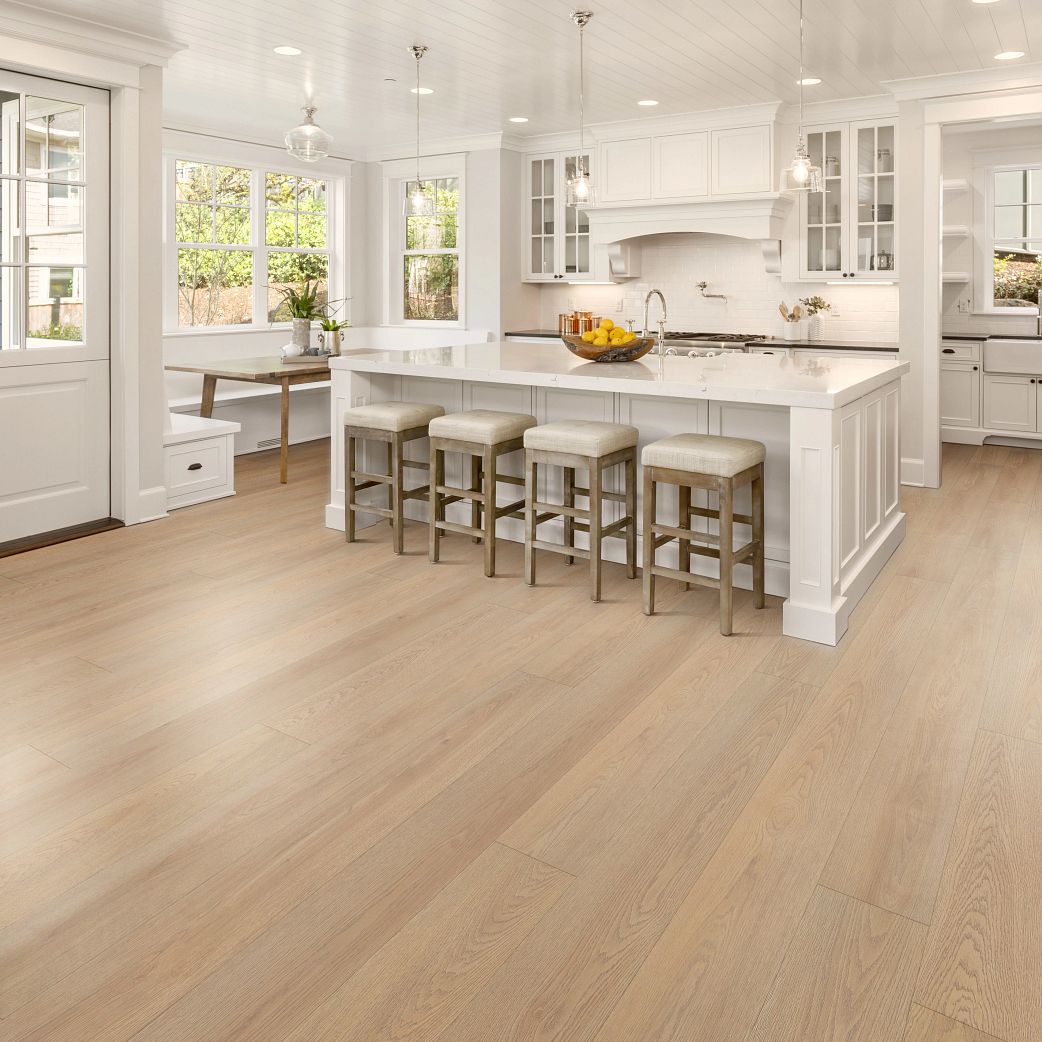Have you ever wondered if your luxury vinyl flooring needs a little “vacation” before being installed? Most of us think of acclimation as a necessity for wood flooring—but what about its vinyl cousin? While luxury vinyl flooring (LVP) is known for its durability and ease of installation, its reaction to changes in temperature and humidity can be surprising. In this article, we’ll delve into why acclimation is essential for LVP and how to do it right.

Image: tajflooring.com
Acclimation, simply put, is the process of allowing your flooring to adjust to the temperature and humidity of its new environment. This is particularly crucial for LVP, which can expand and contract as temperatures fluctuate. Failing to acclimate LVP can lead to problems like gaps, buckling, and even damage to the flooring itself. Think of acclimation like a graceful transition between the warehouse and your home, giving your flooring time to settle in.
Understanding the Importance of Acclimation
Luxury vinyl flooring is made up of multiple layers, including a core layer, a wear layer, and a backing. These layers can be affected by fluctuating temperatures and humidity levels, much like how your skin reacts to a sudden change in weather.
Temperature Changes
LVP, like most materials, will expand when exposed to warmer temperatures and contract when exposed to cooler temperatures. This expansion and contraction can cause gaps, buckling, and even damage to the flooring if it isn’t given time to adjust. Imagine laying down a long piece of rubber on a hot day, then letting it cool down in a refrigerator. This is similar to what happens to LVP if it isn’t acclimated properly.
Humidity Changes
Humidity can also play a major role in how LVP performs. LVP is not completely impervious to moisture, and high humidity levels can cause the core layer to swell, leading to buckling or even delamination of the flooring. On the other hand, low humidity levels can cause the flooring to become brittle and more prone to cracking.

Image: shawfloors.com
Acclimation: Your LVP’s Transition Period
Acclimation is essentially giving your LVP a chance to “breathe” and adjust to the conditions of its new home. The key is to allow the flooring to reach a stable temperature and humidity level before installation. This usually takes anywhere from 24 to 72 hours, though it can vary depending on the climate.
Here’s how to successfully acclimate LVP:
- Storage: Store your LVP in a room with a controlled temperature and humidity, ideally between 65–75°F (18–24°C) and 45–55% humidity.
- Unpacking: Unpack your flooring and place it in the room where it will be installed. Do not rush the process; allow the flooring to breathe and adjust to the temperature and humidity.
- Placement: Arrange your flooring so that it is not stacked, and allow air to circulate around the boxes. You can also consider removing the flooring from the boxes if space allows, but this is not mandatory.
- Patience: Give the flooring adequate time to acclimate. While 24 hours is generally recommended, for extreme conditions, it’s wise to adjust the time accordingly, potentially extending it to 72 hours or more.
The Consequences of Skipping Acclimation
You might be tempted to skip the acclimation process, especially if you’re eager to get your flooring installed. However, failing to acclimate LVP can lead to a number of problems, including
- Gaps: When LVP contracts, it can create gaps between the planks. These gaps can detract from the appearance of your flooring and can even become a safety hazard, especially if you have pets or young children.
- Buckling: When LVP expands, it can buckle or warp, resulting in uneven surfaces. Buckling can also make it difficult to walk on the floor and can lead to further damage to the flooring over time.
- Delamination: The moisture content of LVP plays a crucial role in its performance. Failing to acclimate your flooring can expose it to extreme temperature or humidity changes, which can cause the layers of the flooring to separate, leading to delamination.
Acclimation: A Small Effort for Lasting Benefits
Acclimation is a small investment of time that can pay off big in the long run. It ensures a smooth and stress-free installation and protects your flooring from future problems. While it might seem like a hassle, acclimation is essential for achieving a high-quality finish and maximizing the lifespan of your LVP flooring.
Does Luxury Vinyl Flooring Need To Be Acclimated
Conclusion: Acclimate Your LVP, Enjoy a Seamless Installation
The key to a flawless luxury vinyl floor installation lies in acclimation. This vital process ensures your flooring adapts to its new environment and avoids issues like buckling, gaps, or delamination. So, be patient, invest that extra time, and experience the joy of a perfectly installed LVP that will last for years to come.






